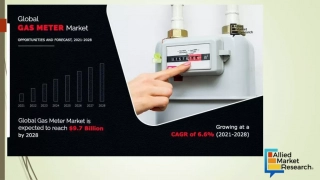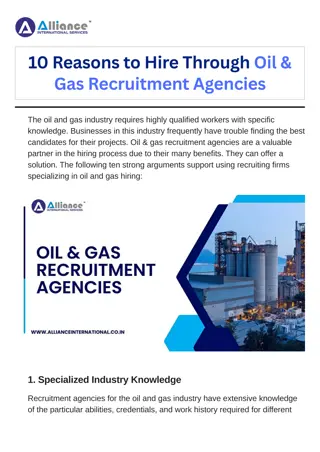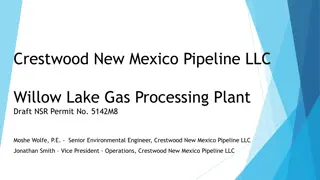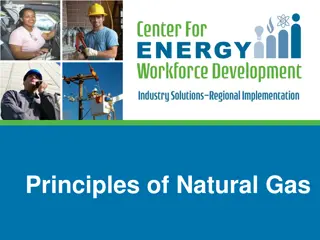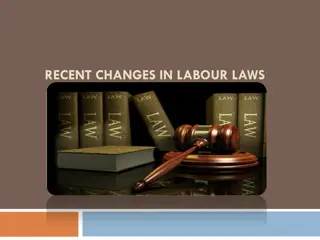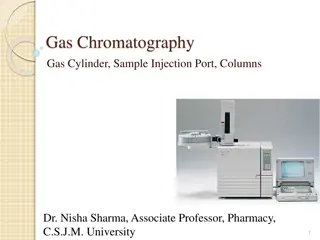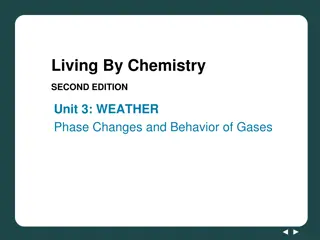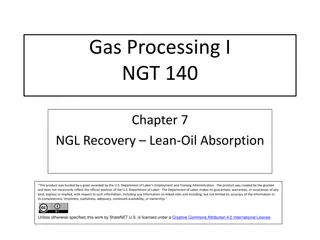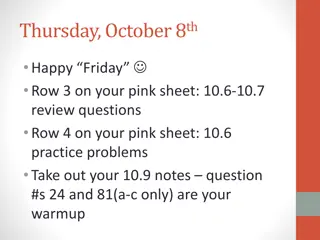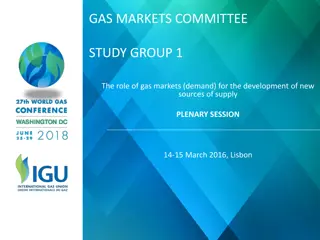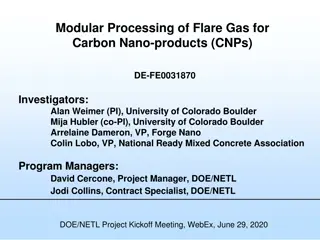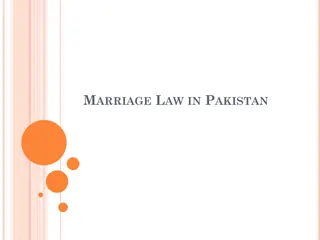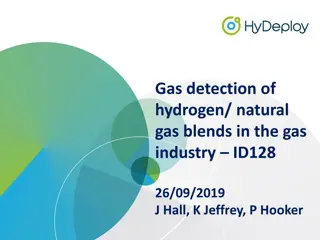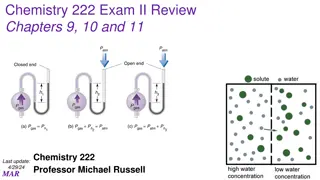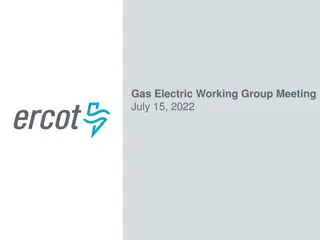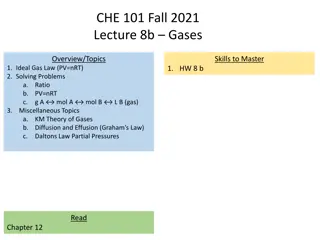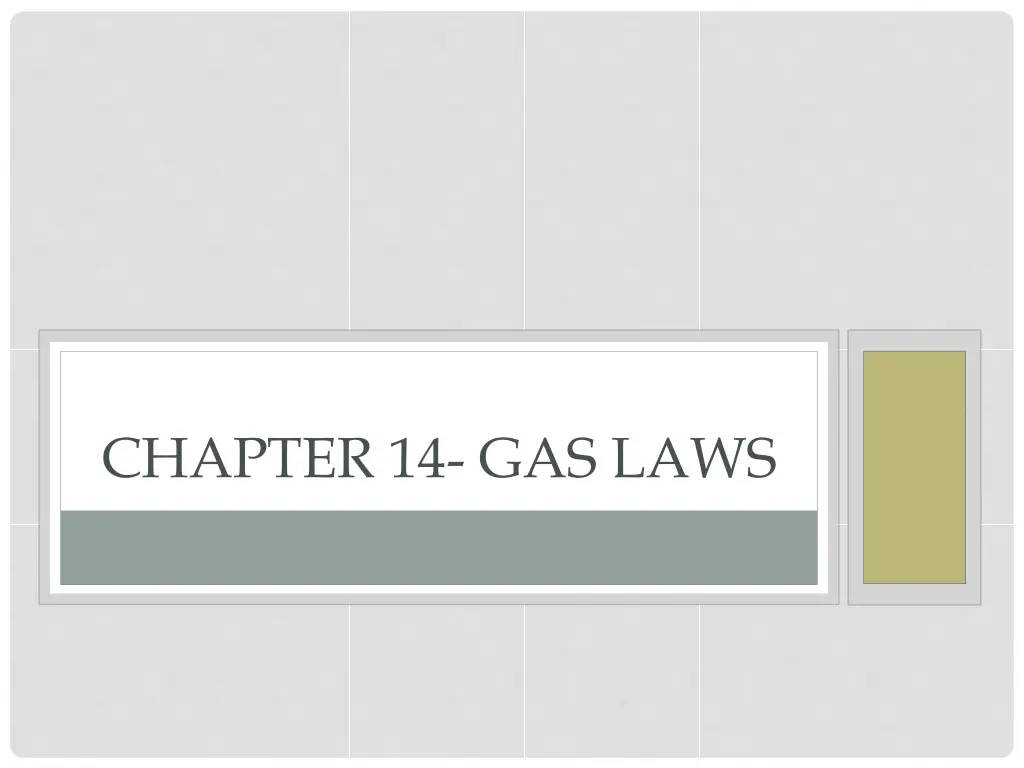
Gas Laws: Understanding Pressure, Volume, and Temperature Relationships
Explore the fundamental gas laws including Boyle's Law, Charles's Law, Gay-Lussac's Law, and the Combined Gas Law. Learn how pressure, volume, and temperature interplay in gases through real-world examples and problem-solving scenarios.
Download Presentation

Please find below an Image/Link to download the presentation.
The content on the website is provided AS IS for your information and personal use only. It may not be sold, licensed, or shared on other websites without obtaining consent from the author. If you encounter any issues during the download, it is possible that the publisher has removed the file from their server.
You are allowed to download the files provided on this website for personal or commercial use, subject to the condition that they are used lawfully. All files are the property of their respective owners.
The content on the website is provided AS IS for your information and personal use only. It may not be sold, licensed, or shared on other websites without obtaining consent from the author.
E N D
Presentation Transcript
VARIABLES THAT DESCRIBE A GAS Pressure (P)- atm, kPa, mmHg, torr Volume (V)- mL, L Temperature (T)- Kelvin***** K= C + 273 Amount (n)- moles Remember: STP is- 0 C or 273 K 1 atm = 101.3 kPa = 760 mmHg or torr
BOYLES LAW Pressure varies inversely with volume @ constant temperature As pressure increases, volume decreases P1x V1= P2x V2 Boys Play Videogames
EXAMPLE PROBLEM When 1.2 L of a gas at 0.65 atm is subjected to a pressure of 0.98 atm at constant temperature, what will the volume be?
CHARLES LAW Temperature varies directly with volume @ constant pressure Temperature MUST be in Kelvin (K= C + 273) As temperature increases, volume increases V1= V2 T1 T2 Charlie Brown was a TV Show
EXAMPLE PROBLEM A sample of gas has its temperature increased from 30 C to 50 C. The new volume is 375 mL. What was the original volume assuming pressure remained constant? (Must turn to K)
GAY-LUSSACS LAW Pressure varies directly with temperature @ constant volume. Temperature MUST be in Kelvin As pressure increases, temperature increases. P1= P2 T1 T2
EXAMPLE PROBLEM A gas at 104.8 kPa has a temperature of 15 C. When the pressure is increased to 900 mmHg at constant volume, what does the temperature become?
COMBINED GAS LAW Only need to remember this one to get the other 3 Amount of gas does not vary but pressure, temperature and volume do P1 xV1= P2x V2 T1 T2
EXAMPLE PROBLEM A gas has a pressure of 95.6 kPa, volume of 3.6 L and a temperature of 20 C. What is the volume at STP?
IDEAL GAS LAW What is an ideal gas? A gas which has no intermolecular forces and the volume of the particles is zero. Real gases act most like ideal gases at high temperatures and low pressures. P x V = n x R x T Pressure must be in atm or kPa Volume must be in L n is moles R is the gas constant (0.0821 atm*L/mol*K or 8.31 kPa*L/mol*K) Temperature must be in Kelvin
EXAMPLE PROBLEMS What is the volume of 1.5 mol of gas that has a pressure of 100.3 kPa and a temperature of 30 C? How many grams of oxygen gas are there in a sample with a pressure of 0.75 atm, volume of 250 mL and a temperature of 15 C?
DALTONS LAW OF PARTIAL PRESSURES At constant volume and temperature, the total pressure of a sample of gases is equal to the sum of the partial pressures of the component gases. Ptotal = P1 + P2 + P3+
EXAMPLE PROBLEM The atmosphere is made up of many gases (N2, O2, CO2and other gases). If the partial pressure of N2 is 79.11 kPa, O2is 21.22 kPa, CO2is 0.04 kPa and the other gases is 0.95 kPa, what is the total pressure?

